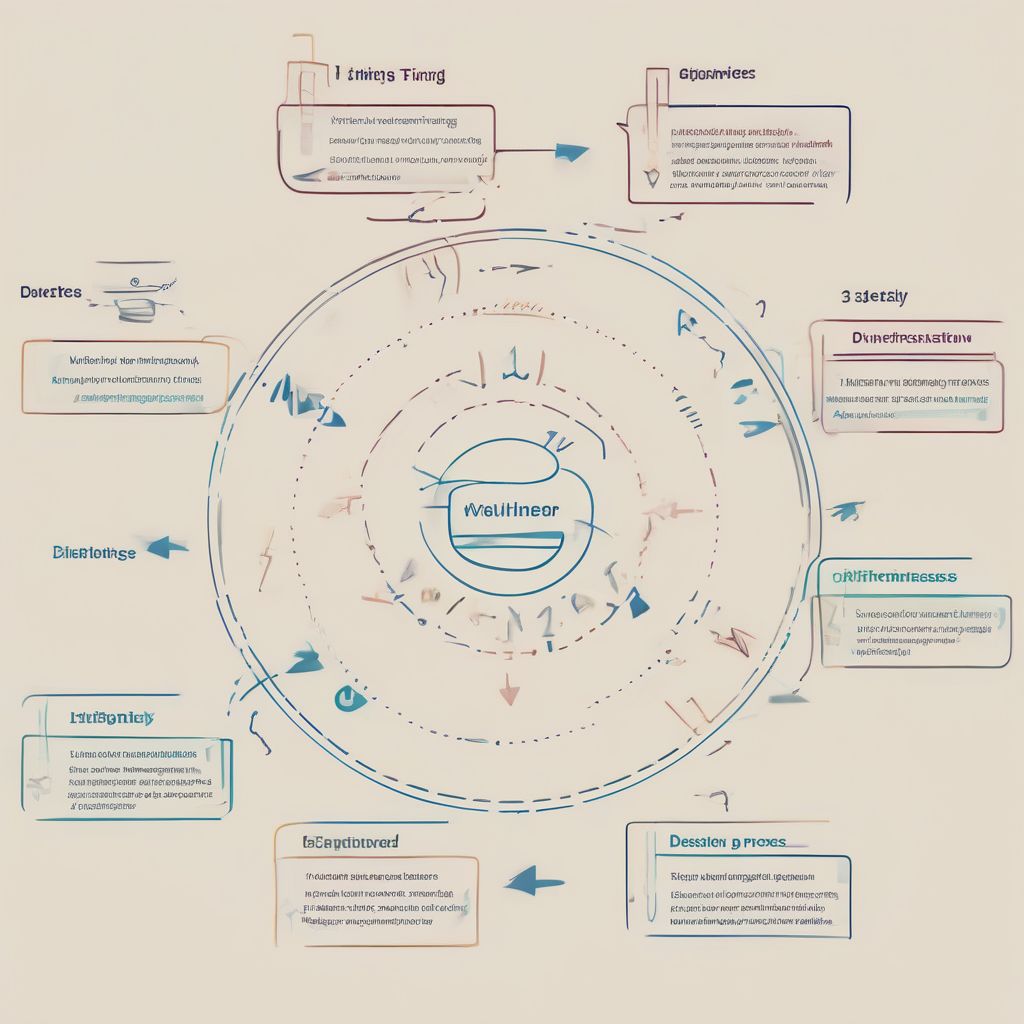Imagine this: you’ve poured your heart and soul into developing a new product. You’re convinced it’s revolutionary, but it falls flat upon release. What went wrong? The answer might lie in the absence of design thinking.
As a nutritionist and meal prep coach, I understand the importance of approaching challenges holistically. Just like a well-balanced meal nourishes the body, design thinking feeds the product development process, ensuring a delicious end result that users crave.
What Exactly is Design Thinking?
Design thinking is a human-centered, problem-solving approach that puts the user’s needs front and center. It’s about deeply understanding your target audience, challenging assumptions, and iterating continuously based on feedback.
Think of it as a journey, not a race. It’s about embracing empathy, fostering collaboration, and experimenting fearlessly to create products that truly resonate with users.
How Design Thinking Fuels Product Development:
- Uncovering the User’s Needs:
Design thinking moves beyond superficial demographics and dives deep into the user’s world. Through user research, interviews, and empathy exercises, we gain valuable insights into their pain points, motivations, and desires. This understanding forms the bedrock of product development, ensuring we’re solving the right problems.
- Ideation and Prototyping:
Armed with user insights, design thinking encourages brainstorming a wide range of potential solutions. These ideas are then transformed into tangible prototypes, allowing for early testing and refinement. This iterative process allows for continuous improvement and ensures that the final product aligns with user expectations.
- Testing and Feedback:
Design thinking thrives on feedback. Prototypes are shared with real users, gathering valuable insights and identifying areas for improvement. This iterative testing cycle ensures that the final product is not only functional but also enjoyable and intuitive to use.
The Benefits of Embracing Design Thinking:
- Reduced Risk of Failure: By deeply understanding user needs and iterating based on feedback, design thinking minimizes the chances of launching a product that misses the mark.
- Increased User Engagement and Satisfaction: Products developed with a user-centric approach are more likely to resonate with the target audience, leading to higher engagement and satisfaction levels.
- Enhanced Innovation: Design thinking encourages out-of-the-box thinking and experimentation, fostering a culture of innovation within the development process.
- Faster Time-to-Market: By focusing on rapid prototyping and testing, design thinking can help streamline the development cycle, getting your product into the hands of users faster.
 Design Thinking Process
Design Thinking Process
Design Thinking in Action: A Real-World Example
Consider the story of Airbnb. Initially, the founders struggled to gain traction with their platform. By applying design thinking principles, they conducted extensive user research, identifying a key pain point: users lacked trust when booking accommodation from strangers.
This led them to implement features that fostered trust and transparency, such as verified user profiles and reviews. The result? Airbnb transformed the hospitality industry by focusing on user needs and continuously iterating based on feedback.
[amazon bestseller=”design thinking”]
Embrace the Power of Design Thinking
In conclusion, design thinking is not just a buzzword; it’s a powerful methodology that can revolutionize your product development process. By putting the user at the heart of everything you do, you’re not just building products; you’re crafting experiences that solve real problems and delight your audience.
So, as you embark on your next product development journey, remember the power of design thinking. Embrace empathy, collaborate fearlessly, and never stop iterating. Your users will thank you for it.
Now, I’d love to hear from you! How do you plan to incorporate design thinking into your next project? Share your thoughts and insights in the comments below!
